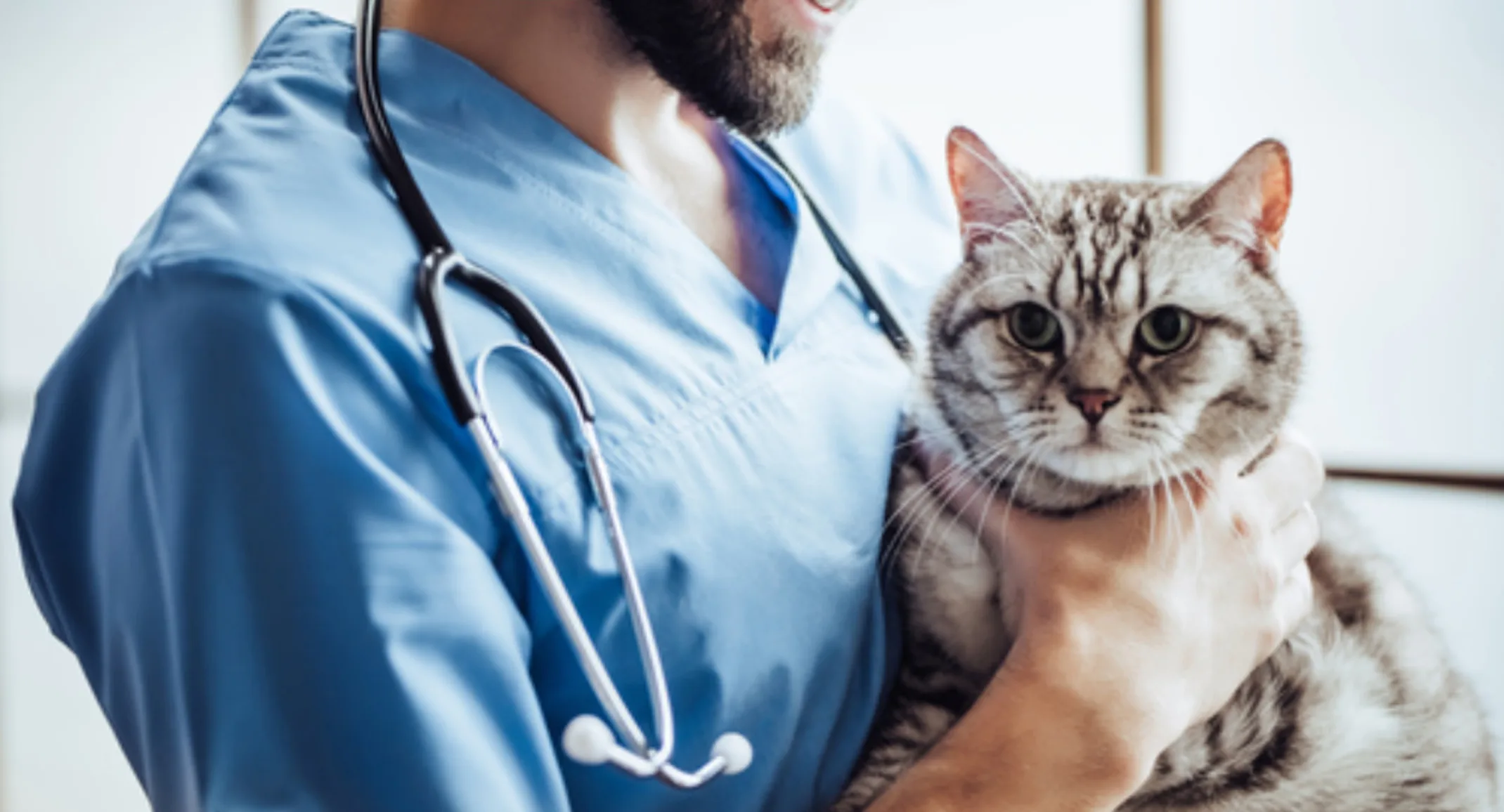10 Signs That Indicate Your Pet Needs a Veterinary Exam
For Pet Owners

Your pet can’t tell you when something’s wrong, so it’s up to you—and our team—to determine if they need veterinary care. Although some signs can be borderline wait-and-see symptoms of a condition that may resolve on its own, others indicate the need for veterinary treatment. If you notice any of the following 10 clinical signs in your pet, contact our Dove Mountain Veterinary team for an appointment.
#1: Eye problems in pets
Ocular conditions can rapidly take a turn for the worse without treatment. These problems can be exceptionally painful and can result in blindness or permanent injury, so if you notice the following signs in your pet, seek immediate treatment:
Squinting
Excessive eye discharge
Pawing at the eye
Redness
Swelling
Excessive blinking
Light sensitivity
You also may spot discoloration on the eye’s surface or the appearance of a small, red bump in the corner of the eye. These issues need to be treated by a veterinarian without delay.
#2: Lack of appetite in pets
While your pet turning up their nose at their food every so often is not a cause for concern, a period lasting longer than 24 hours without eating can indicate a health issue. Many factors can cause your pet to lose interest in eating, from dental disease or a gastrointestinal obstruction, to kidney failure or cancer.
#3: Changes in your pet’s drinking or urination
Determining how much your pet drinks each day can be difficult, but knowing whether they are drinking more or less than usual is important for detecting illness. Additionally, monitor your pet’s urine output to see if it matches up with their drinking habits. If they drink more, they should urinate more, but if they fail to produce as much urine as normal, they need a veterinary exam to diagnose the cause.
#4: Scooting in pets
Pet owners may think their cat or dog scoots along the floor to clean their hind end, but there is often an underlying issue that requires treatment. Pets may scoot because of impacted anal glands, intestinal parasites, allergies, diarrhea, or a urinary tract infection, all which require veterinary treatment to resolve.
#5: Vomiting in pets
Occasional vomiting isn’t unusual for pets, especially if it is hairball-related for cats. However, if your pet vomits several times within a 24-hour period, cannot keep down food or water, develops blood in their vomit, or shows other illness signs, it’s time to visit the veterinarian.
#6: Sudden weight loss in pets
Unplanned weight loss that is not spurred by a diet or exercise change can indicate various health concerns. While overweight pets benefit from weight loss, shedding pounds should be a gradual, planned process. If your pet appears to drop weight seemingly overnight, they could have developed a serious condition that requires immediate treatment.
#7: Breathing changes in pets
Dogs naturally pant with exertion, but cats rarely breathe with their mouth open, unless there is something wrong. If your pet has a change in their normal breathing, whether they are breathing faster or with more effort, they may have an issue with their heart or lungs. Treatment for breathing issues should be obtained immediately, so don’t wait to see if the breathing problems resolve on their own.
#8: Rough or dry coat in pets
While a change in your pet’s hair coat is not an emergency situation, it can indicate underlying disease that needs to be treated. A rough, dry, flaky, or patchy coat may mean your pet has parasites, a poor diet, allergies, or a hormonal or endocrine disorder.
#9: Unusual stool in pets
Although you may not want to, examining your pet’s poop is an excellent way to evaluate their health. A healthy pet should produce small, firm, moist stools, but any change from the norm can mean they have a digestive or other issue. Dry, hard stools can mean your pet is dehydrated, while diarrhea or mucus can indicate gastrointestinal upset or intestinal parasites, and blood can be a sign of a serious problem.
#10: Lameness in pets
A slight limp may resolve with rest, but can return once your pet becomes active again. If your pet’s lameness does not improve with rest or returns after a period of exercise restriction, they need veterinary care. If your pet appears to be in pain, has a swollen paw or limb, or cannot put weight on their leg, seek treatment sooner rather than later.
When in doubt about whether your pet’s illness requires veterinary care, contact our Dove Mountain Veterinary team. We can triage your pet’s condition over the phone, and schedule an appointment if needed.
